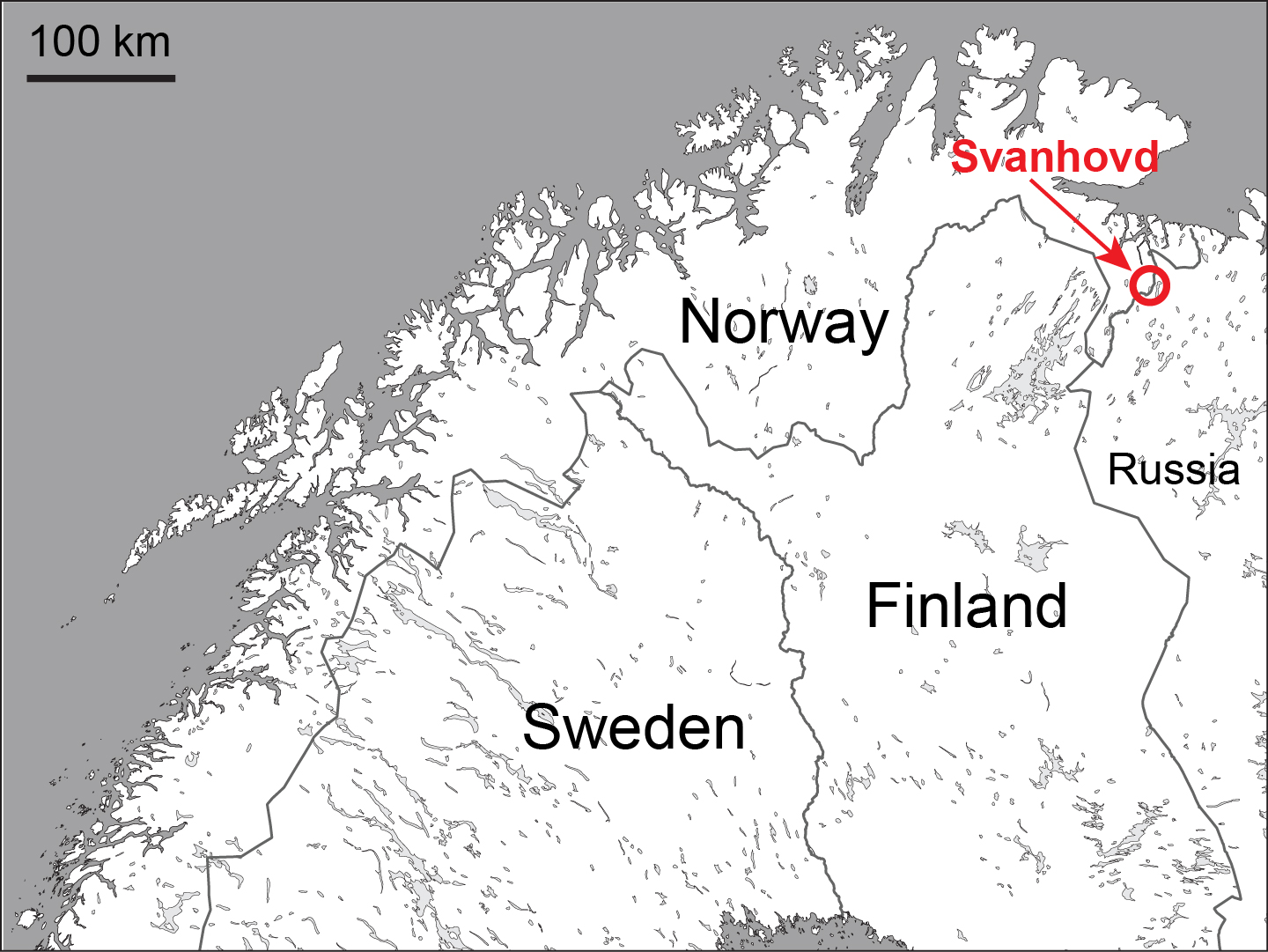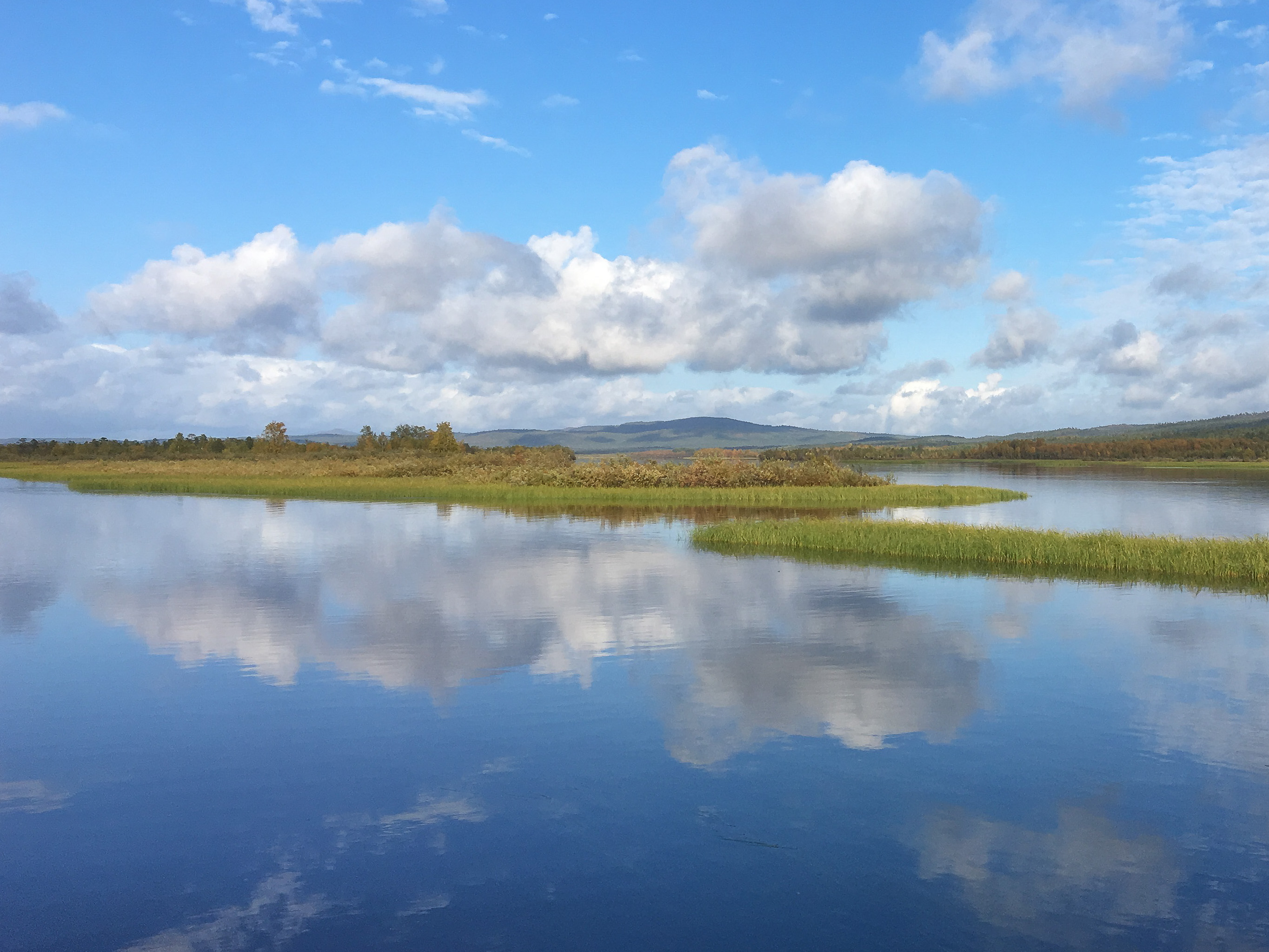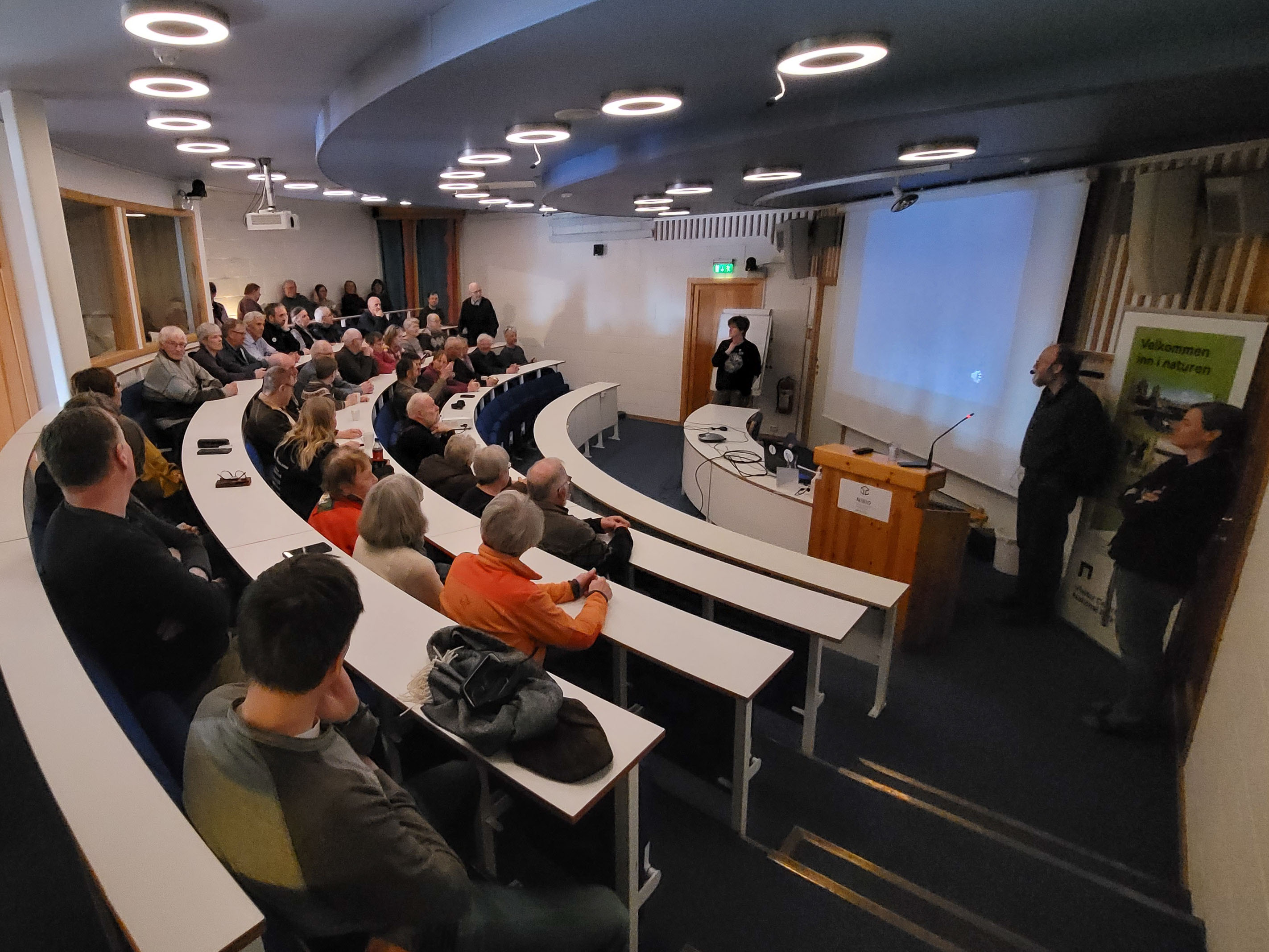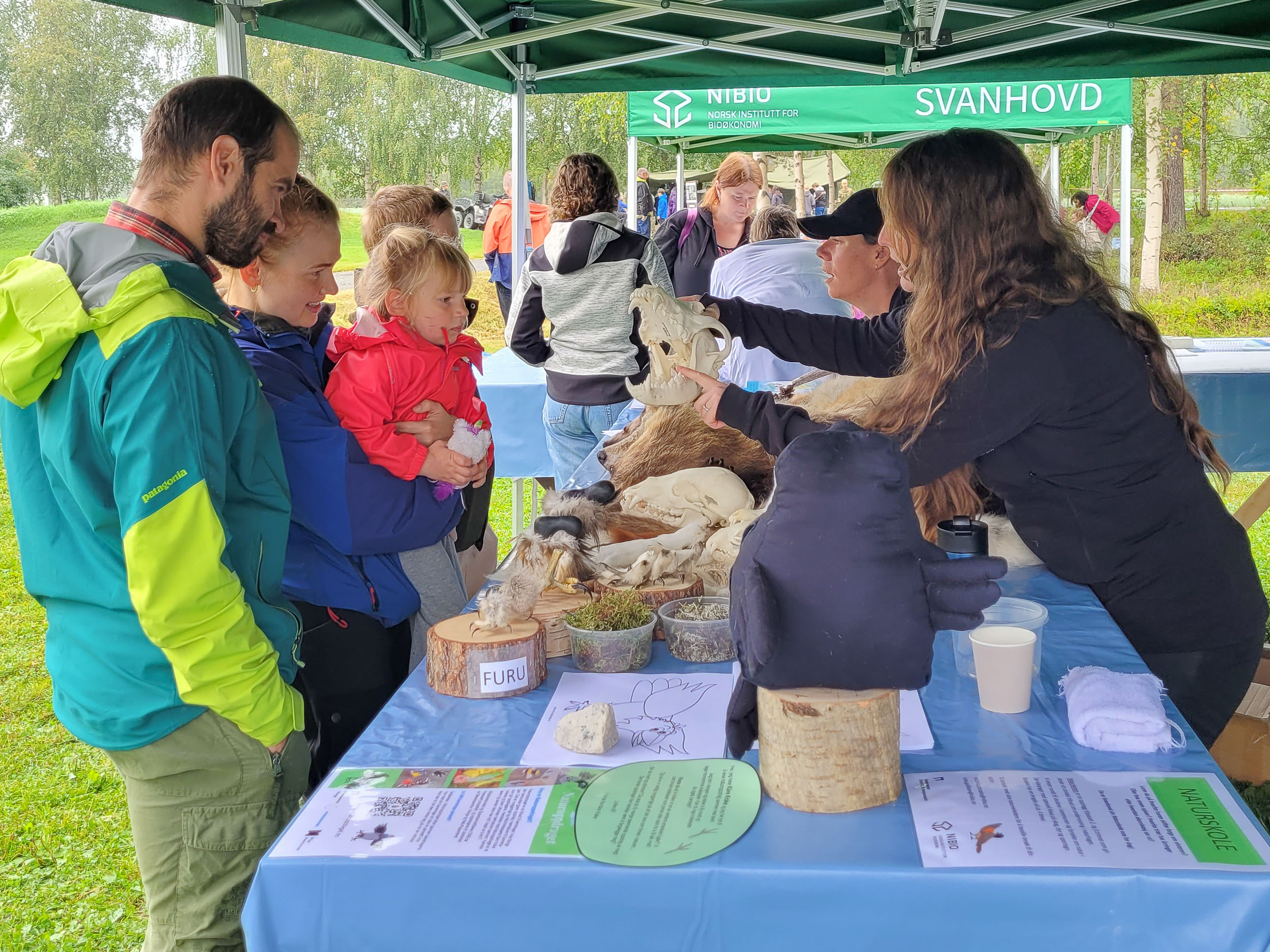Tommi Nyman Research
Molecular Ecology in Arctic and Subarctic Ecosystems

From August 2018 onwards I have worked as a researcher at the Svanhovd Research Station of the Norwegian Institute of Bioeconomy Research (NIBIO) in northeastern Norway. Svanhovd is the northermost of NIBIO's 13 research stations [link], and a member of the INTERACT network for field stations conducting research and monitoring in the Arctic [link]. The concept of NIBIO Svanhovd is unique, as it represents a combination of a research station, conference centre, and information centre. Due to its diverse setup, personnel, facilities, and strategic location, NIBIO Svanhovd constitutes a central point of competence for environmental monitoring and outreach in northern Europe.
Location
The NIBIO Svanhovd Research Station is located in the village of Svanvik in northernmost Norway (69.454 N, 30.042E), about 40 km south of the town of Kirkenes. Despite its small size, Svanvik is the central village in the Pasvik River Valley, and the neighbors of the Svanhovd Research Station include the Pasvik Community College and a large base of the Norwegian Border Guard.
NIBIO Svanhovd is situated on the western shore of the Pasvik River, which runs northward from Lake Inari in Finland to the Arctic Ocean, and which delineates the border between Norway and Russia. Although Svanhovd is located over 300 km north of the Arctic Circle, the local climate is relatively mild due to the proximity of the ocean and the large Pasvik River. The Pasvik River Valley represents a transitional region between Boreal Taiga forest, subarctic birch forests, and maritime and arctic tundra. This high diversity of different habitats within a short distance places Svanhovd in a strategic position for environmental research and monitoring.
The station
Svanhovd represents a combination of a research station, conference centre, and local administrative hub. The main research activites are run by NIBIO's Department of Ecosystems in the Barents Region, with c. 10 staff members (see below). The conference, management, and maintenance departments collectively employ c. 15 persons. In addition, the station houses the local headquarters of the Øvre Pasvik National Park [link], the Norwegian Radiation and Nuclear Safety Authority (DSA), and the Norwegian Institute for Air Research (NILU), as well as offices of local hunter and youth organizations.
The conference centre can house both short- and long-term visitors, and has rooms for up to 50 guests at a time. A restaurant and different-sized spaces for meetings are also available: a large auditorium for up to 80 participants and several smaller meeting rooms for 10–30 persons. A permanent exhibition upstairs showcases bear research and the the nature of the Pasvik River Valley and particularly its Øvre Pasvik National Park. A sauna especially for Finnish guests is located behind the station by the main fireplace.
Department of Ecosystems in the Barents Region
Svanhovd is home to the main part of NIBIO's Department of Ecosystems in the Barents Region [link], which focuses on environmental monitoring and biodiversity research in arctic and subarctic environments. The department especially aims at applying the latest genetic techniques in research and long-term monitoring. Research foci include population-genetic analyses of large carnivores, brown trout, and invasive pink salmon. Community-level environmental monitoring of insects and soil organisms is done using barcoding and metabarcoding approaches.
NIBIO Svanhovd stands out among arctic field stations in that is possesses a modern full-scale laboratory for molecular-genetic work. The main expertise of Svanhovd's Genetics laboratory lies within non-invasive monitoring of brown bear populations through genotyping of hair and faecal samples collected from the field. The laboratory is equipped for the entire workflow from DNA extraction and quantification to the preparation of high-throughput sequencing libaries used in population-genomic and metabarcoding analyses.
Other facilities
In addition to the main Genetics lab, the station has laboratories for microscopy and digital imaging, and a room for rough processing of fish and animal samples collected from the field. Tissue, hair, faecal, Malaise trap, and soil samples accumulated in monitoring campaigns are databased and stored in the over 30 freezers of Svanhovd's Biobank. Equipment and machinery for applied agricultural research and demanding field work during all seasons are also available.
Outreach
NIBIO Svanhovd runs active and diverse research-based outreach activities targeting all age classes. The main annual event is the Market Day ("Markdagen"), which attracts over 2000 visitors from the region to learn about research and buy products from local small-scale businesses. The station has a dedicated teaching laboratory ("Forskerlab") for schoolchildren from Norway and Finland. Teachers of the Forskerlab also make regular visits to schools in the region to teach children about large carnivore research and environmental changes in the North.
The station also arranges regular public lectures on diverse topics. Particularly popular are evening presentations and information events on large carnivores, birds of prey, and fish research. Free guided birdwatching tours and ringing demonstrations are arranged in the spring and autumn. Svanhovd's botanical garden is highly popular among visitors during the summer months.





























